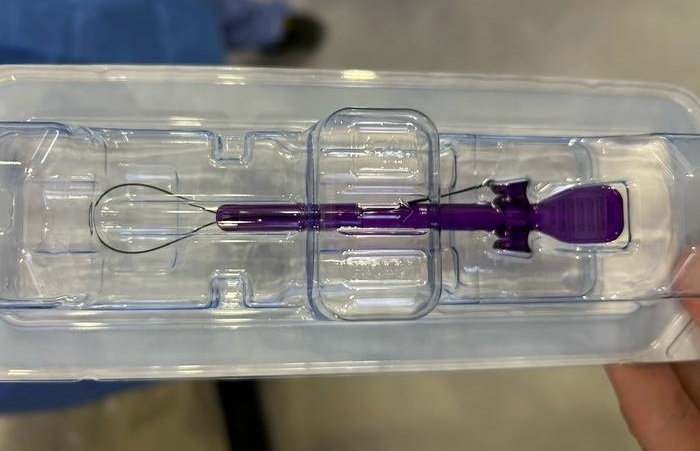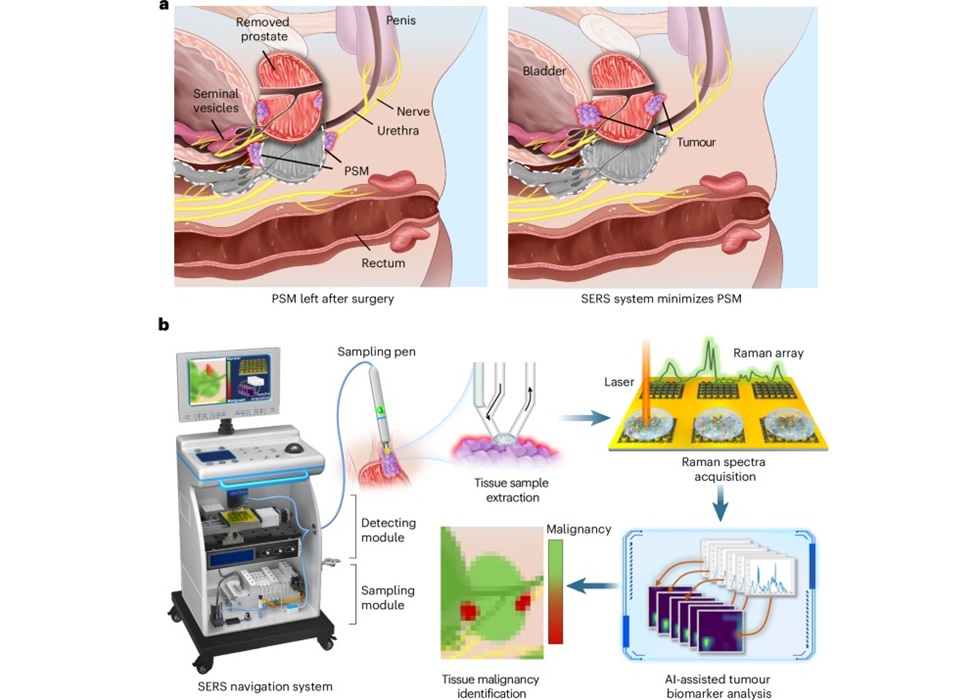Pre-Operative MRI Effective in Women with Dense Breasts
|
By HospiMedica International staff writers Posted on 11 Nov 2020 |
Pre-operative MRI can catch more breast cancer lesions in women with dense breasts who receive an initial diagnosis via digital breast tomosynthesis (DBT), according to a new study.
Researchers at the University of Pennsylvania (Penn; Philadelphia, USA) conducted a retrospective study of 388 preoperative MRI exams for newly detected breast cancer identified either by digital mammography (DM) or DBT, in order to assess the role of MRI in assessment of tumor extent. MRI detection of occult disease was stratified by modality, breast density, and background parenchymal enhancement. A true-positive finding was defined as malignancy in the ipsilateral-breast at least two cm away from the index-lesion, or in the contralateral breast.
The results revealed 50 additional malignancies (12.9%), 37 of them ipsilateral and 13 contralateral. But while in DM there was no significant difference in the rate of MRI additional cancer detection in dense breasts, in those who underwent DBT, significantly more additional sites of malignancy were detected. In addition, in both DM and DBT cohorts, higher background parenchymal enhancement was associated with higher false-positive rates, but no significant difference was found in true-positive exams. The study was published on October 13, 2020, in Clinical Imaging.
“We found a trend of increasing detection by MRI of additional sites of malignancies in patients with dense breasts compared to those with non-dense breasts, irrespective of initial imaging modality,” said senior author Elizabeth McDonald, MD, PhD. “These findings suggest that in women imaged with DBT, MRI may have less value for determining extent of disease than in women with non-dense breasts. Women with dense breasts appear to benefit more from pre-operative MRI than non-dense women.”
Breast density is a measurement of the amount of fatty tissue versus the amount of fibrous tissue in the breast. Because both cancer and dense tissue appear white on a mammogram, tumors often remain masked, resulting in almost one third of cancerous tumors in dense breasts being masked by the tissue during X-ray mammography. According to a 2014 report published by the Journal of the U.S. National Cancer Institute, an estimated 43.3% of women between the ages of 40 and 74 years old have extremely dense breast tissue.
Related Links:
University of Pennsylvania
Researchers at the University of Pennsylvania (Penn; Philadelphia, USA) conducted a retrospective study of 388 preoperative MRI exams for newly detected breast cancer identified either by digital mammography (DM) or DBT, in order to assess the role of MRI in assessment of tumor extent. MRI detection of occult disease was stratified by modality, breast density, and background parenchymal enhancement. A true-positive finding was defined as malignancy in the ipsilateral-breast at least two cm away from the index-lesion, or in the contralateral breast.
The results revealed 50 additional malignancies (12.9%), 37 of them ipsilateral and 13 contralateral. But while in DM there was no significant difference in the rate of MRI additional cancer detection in dense breasts, in those who underwent DBT, significantly more additional sites of malignancy were detected. In addition, in both DM and DBT cohorts, higher background parenchymal enhancement was associated with higher false-positive rates, but no significant difference was found in true-positive exams. The study was published on October 13, 2020, in Clinical Imaging.
“We found a trend of increasing detection by MRI of additional sites of malignancies in patients with dense breasts compared to those with non-dense breasts, irrespective of initial imaging modality,” said senior author Elizabeth McDonald, MD, PhD. “These findings suggest that in women imaged with DBT, MRI may have less value for determining extent of disease than in women with non-dense breasts. Women with dense breasts appear to benefit more from pre-operative MRI than non-dense women.”
Breast density is a measurement of the amount of fatty tissue versus the amount of fibrous tissue in the breast. Because both cancer and dense tissue appear white on a mammogram, tumors often remain masked, resulting in almost one third of cancerous tumors in dense breasts being masked by the tissue during X-ray mammography. According to a 2014 report published by the Journal of the U.S. National Cancer Institute, an estimated 43.3% of women between the ages of 40 and 74 years old have extremely dense breast tissue.
Related Links:
University of Pennsylvania
Latest MRI News
Channels
Critical Care
view channel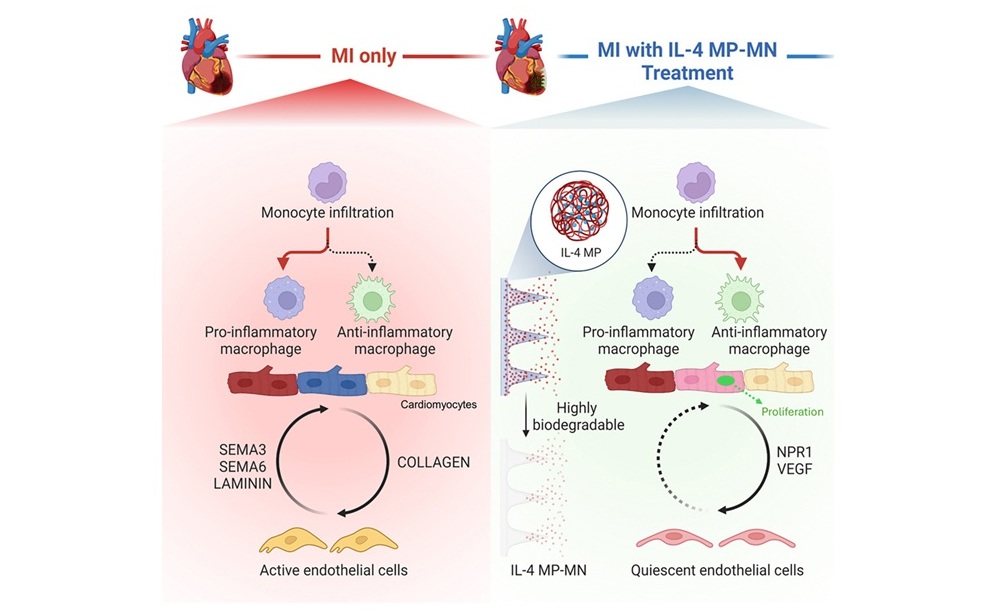
Biodegradable Patch Repairs Damaged Tissue After Heart Attack
A heart attack causes sudden loss of oxygen to the heart muscle, triggering cell death and a strong inflammatory response that often leads to scar formation. While scarring helps stabilize the heart, it... Read more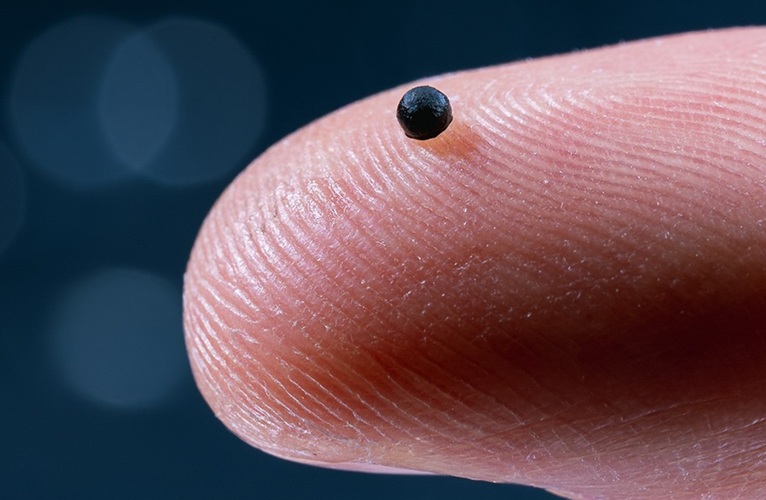
Magnetically Guided Microrobots to Enable Targeted Drug Delivery
Stroke affects 12 million people globally each year, often causing death or lasting disability. Current treatment relies on systemic administration of clot-dissolving drugs, which circulate throughout... Read more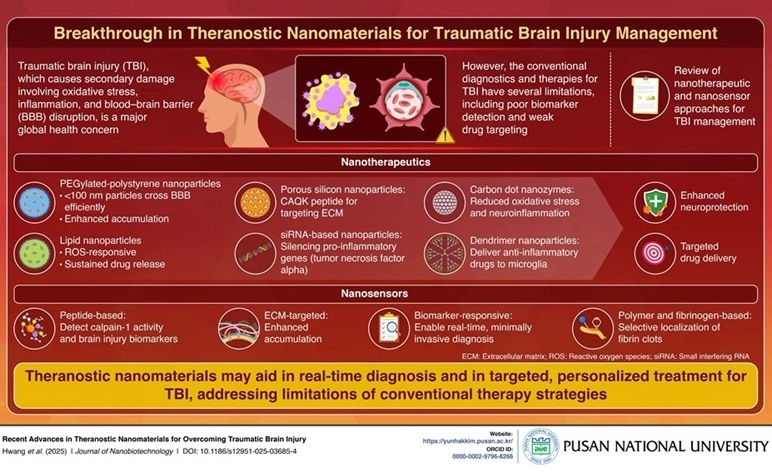
Smart Nanomaterials Detect and Treat Traumatic Brain Injuries Simultaneously
Traumatic brain injury (TBI) continues to leave millions with long-term disabilities every year. After a sudden impact from a fall, collision, or accident, the brain undergoes inflammation, oxidative stress,... Read more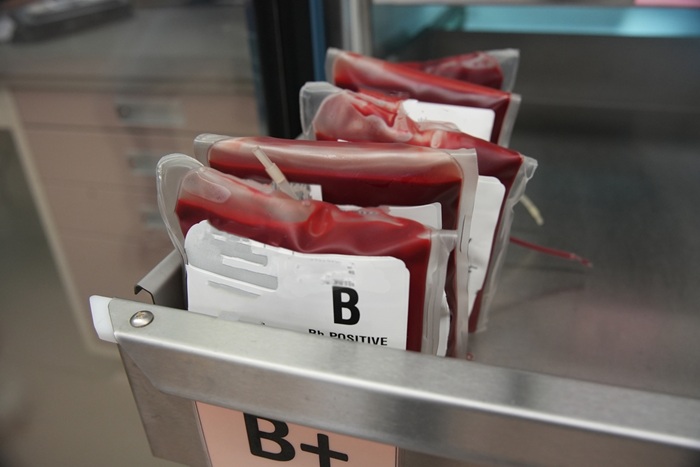
Earlier Blood Transfusion Could Reduce Heart Failure and Arrhythmia in Heart Disease Patients
Blood loss during or after surgery can place significant stress on people with heart disease, increasing the risk of dangerous complications. Transfusions are often delayed until hemoglobin levels fall... Read moreSurgical Techniques
view channelNovel Endoscopy Technique Provides Access to Deep Lung Tumors
Detecting lung cancer early can save lives, but diagnosing small tumors deep in the outer regions of the lungs remains a major clinical challenge. Although CT scans frequently identify tiny suspicious... Read more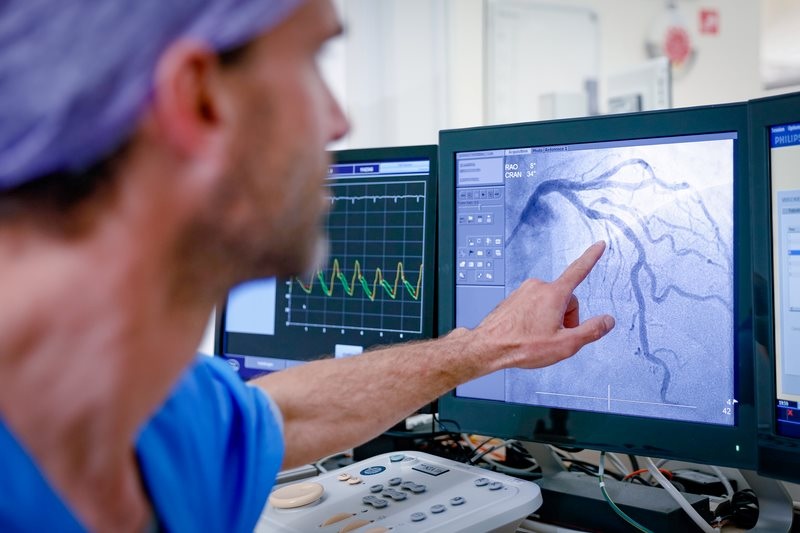
New Study Findings Could Halve Number of Stent Procedures
When a coronary artery becomes acutely blocked during a heart attack, opening it immediately is essential to prevent irreversible damage. However, many patients also have other narrowed vessels that appear... Read morePatient Care
view channel
Revolutionary Automatic IV-Line Flushing Device to Enhance Infusion Care
More than 80% of in-hospital patients receive intravenous (IV) therapy. Every dose of IV medicine delivered in a small volume (<250 mL) infusion bag should be followed by subsequent flushing to ensure... Read more
VR Training Tool Combats Contamination of Portable Medical Equipment
Healthcare-associated infections (HAIs) impact one in every 31 patients, cause nearly 100,000 deaths each year, and cost USD 28.4 billion in direct medical expenses. Notably, up to 75% of these infections... Read more
Portable Biosensor Platform to Reduce Hospital-Acquired Infections
Approximately 4 million patients in the European Union acquire healthcare-associated infections (HAIs) or nosocomial infections each year, with around 37,000 deaths directly resulting from these infections,... Read moreFirst-Of-Its-Kind Portable Germicidal Light Technology Disinfects High-Touch Clinical Surfaces in Seconds
Reducing healthcare-acquired infections (HAIs) remains a pressing issue within global healthcare systems. In the United States alone, 1.7 million patients contract HAIs annually, leading to approximately... Read moreHealth IT
view channel
EMR-Based Tool Predicts Graft Failure After Kidney Transplant
Kidney transplantation offers patients with end-stage kidney disease longer survival and better quality of life than dialysis, yet graft failure remains a major challenge. Although a successful transplant... Read more
Printable Molecule-Selective Nanoparticles Enable Mass Production of Wearable Biosensors
The future of medicine is likely to focus on the personalization of healthcare—understanding exactly what an individual requires and delivering the appropriate combination of nutrients, metabolites, and... Read moreBusiness
view channel
Philips and Masimo Partner to Advance Patient Monitoring Measurement Technologies
Royal Philips (Amsterdam, Netherlands) and Masimo (Irvine, California, USA) have renewed their multi-year strategic collaboration, combining Philips’ expertise in patient monitoring with Masimo’s noninvasive... Read more
B. Braun Acquires Digital Microsurgery Company True Digital Surgery
The high-end microsurgery market in neurosurgery, spine, and ENT is undergoing a significant transformation. Traditional analog microscopes are giving way to digital exoscopes, which provide improved visualization,... Read more
CMEF 2025 to Promote Holistic and High-Quality Development of Medical and Health Industry
The 92nd China International Medical Equipment Fair (CMEF 2025) Autumn Exhibition is scheduled to be held from September 26 to 29 at the China Import and Export Fair Complex (Canton Fair Complex) in Guangzhou.... Read more












